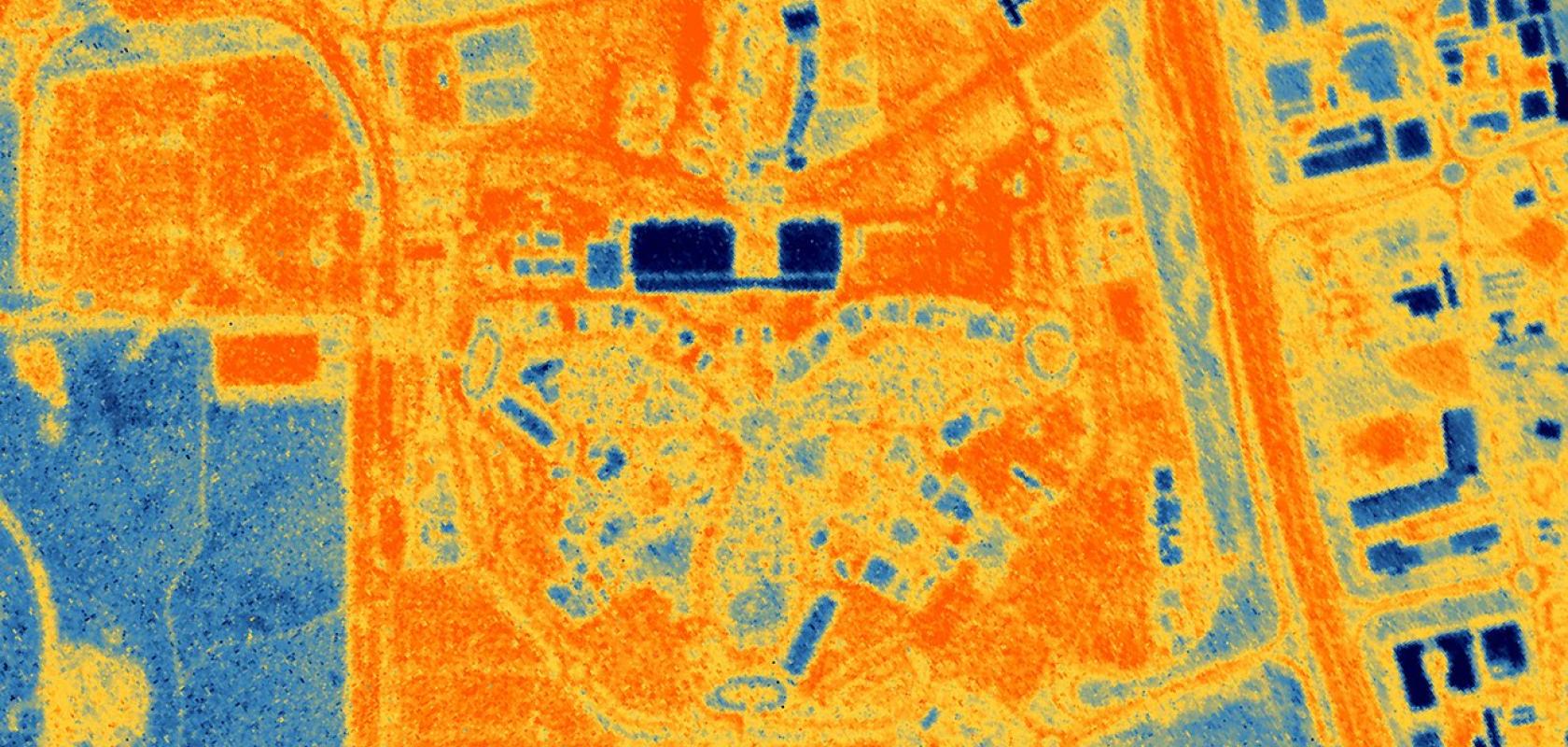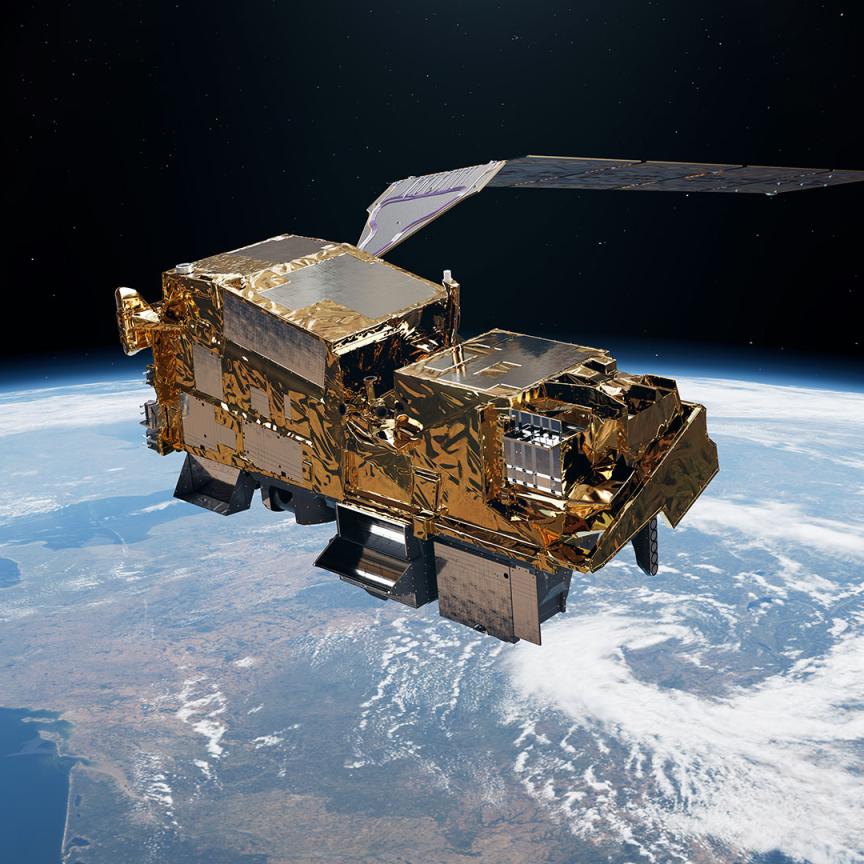A UK-built thermal imaging satellite, HOTSAT-1, has reportedly stopped working in orbit just six months after launch.
Designed to be the world’s first high-resolution infrared thermal imaging satellite, HOTSAT-1 launched on a SpaceX Falcon 9 in June 2023 and SatVu, the London-based climate tech company behind the mission, shared ‘first light’ images from the satellite in October 2023.
However, SatVu said it plans to “transform setback into opportunity”.
"The satellite was working fantastically, the data was great and the customers were super-excited. To trip up now is deeply frustrating, but we've proved the principle and that puts us in a really strong position for the future," Chief Executive Anthony Baker told BBC News.
According to a news release on its website, SatVu is “working closely with Surrey Satellite Technology Ltd (SSTL), the UK-based company that built HOTSAT-1, on the assessment of the anomaly on the insured satellite”.
Baker said: “We understand that in the realm of pioneering space exploration, things can go wrong. Addressing some of the planet’s most pressing climate challenges was never going to be an easy journey and HOTSAT-1 as a pathfinder satellite, has done everything it needed to do and more.
"Our learnings from this mission are unparalleled. We are armed with enough data to develop incredible products that will be integral to shaping our future commercial offering. Our primary mission remains unchanged – we will persist and move ahead. We have ample financial runway to propel us to the next satellite and beyond.”
At the time of the launch, Surrey Satellite Technology Limited said the satellite had a “groundbreaking 3.5m resolution mid-wave infrared imager with astonishing video capability, all while maintaining a sensitivity of less than 2 degrees Celsius”. It said this allowed HOTSAT-1 to detect dynamic features and create 3D profiles.
HOTSAT-1 is designed to be the first satellite in a planned constellation of eight. According to SSTL’s website, applications range from “mitigating the effects of heat islands in urban centres to monitoring industrial processes, waterway pollution, ensuring energy efficiency, and assessing the health of solar farms”.
HOTSAT-1 captured images of the Canadian wildfires earlier this year and on 11 December SatVu shared images taken of the COP28 climate conference venue demonstrating the ‘urban heat island’ effect.


